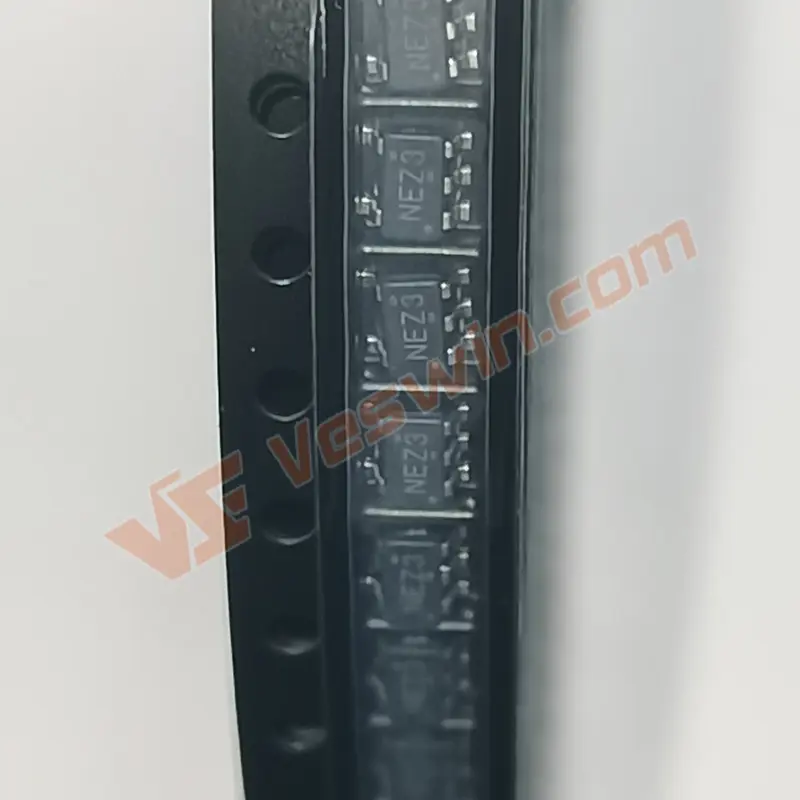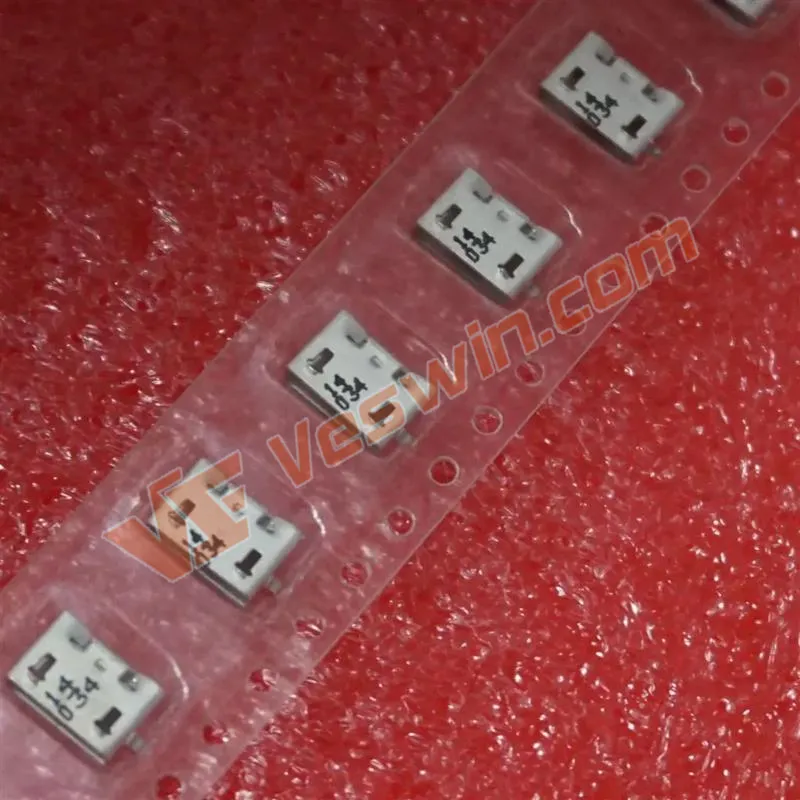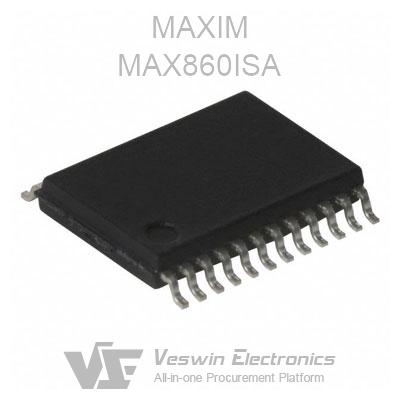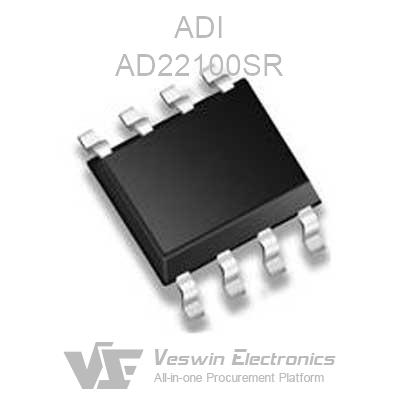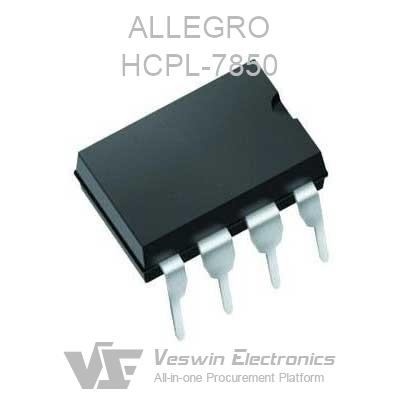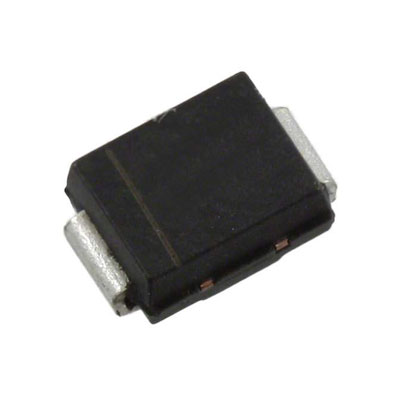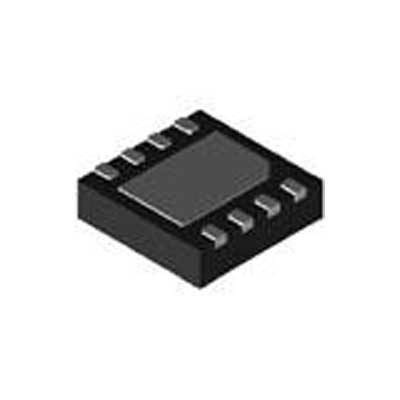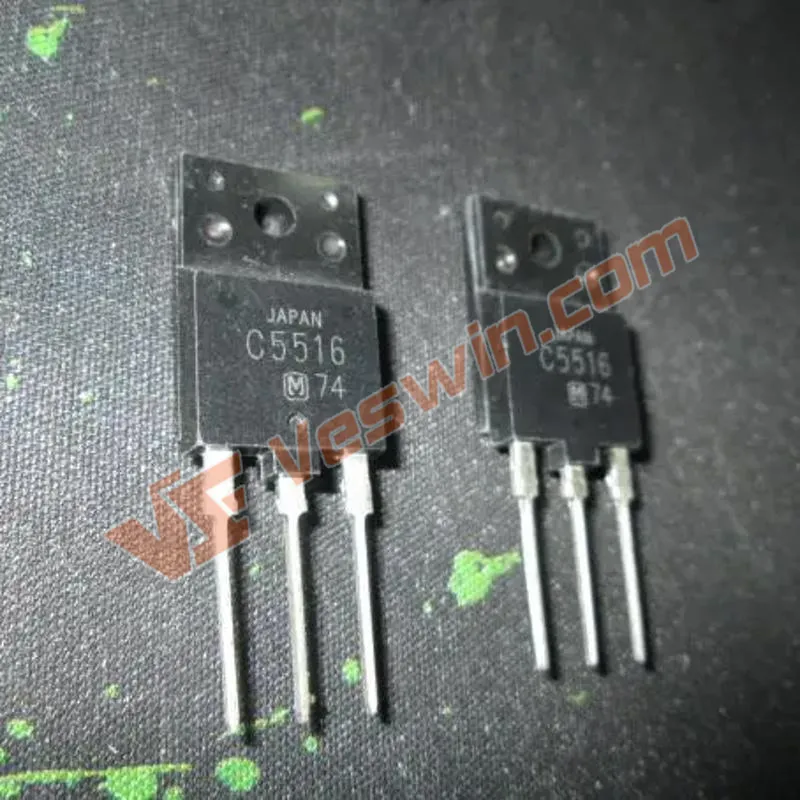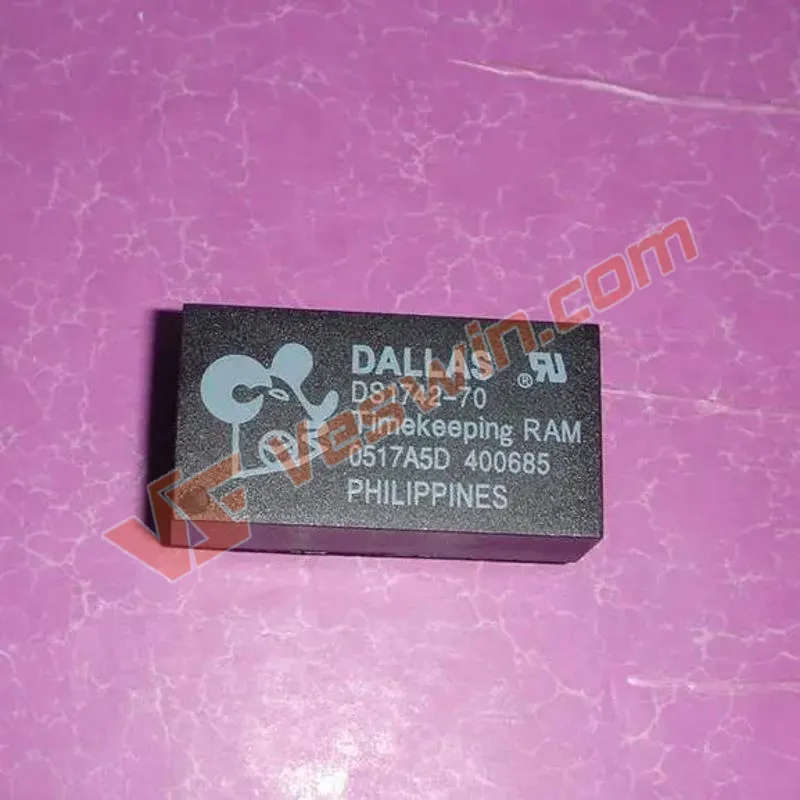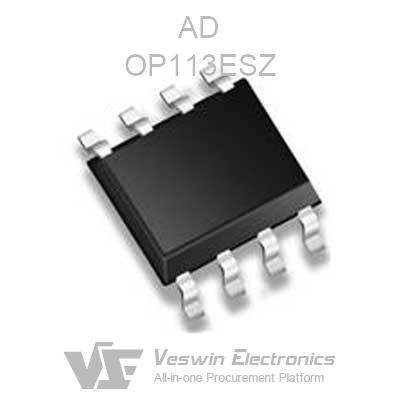PCB flexible circuits are designed to increase space utilization and product design flexibility to meet the design needs of smaller and higher density installations, as well as to reduce assembly processes and enhance reliability. It is the only solution to meet the miniaturization and movement requirements of electronic products. A flexible circuit is a circuit that etches copper on a substrate of a polymer or prints a thick film circuit of a polymer. For devices that are thin, light, and compact, their design solutions range from single-sided conductive traces to complex multilayer 3D packages. The total mass and volume of the flexible package is reduced by 70% compared to the conventional wire harness method. The flexible circuit can also increase its strength by using a reinforcing material or liner to achieve additional mechanical stability.
The PCB flex circuit can be moved, bent, twisted without damaging the wires, and can have different shapes and special package sizes. Its only limitation is the volume space problem. Thanks to its ability to withstand millions of dynamic bends, flexible circuits are well suited for continuous motion or regular motion in internal connection systems as part of the final product function. Some products that require electrical signal/power supply to move and have a small form factor/package size benefit from flexible circuits.
PCB flexible circuits provide excellent electrical performance. The lower dielectric constant allows for fast transmission of electrical signals; good thermal performance makes the components susceptible to temperature drop; higher glass transition temperatures or melting points allow the components to operate well at higher temperatures.
Flexible circuits can provide higher assembly reliability and yield by reducing the hardware required for interconnects, such as solder joints, trunks, backplane traces, and cables commonly used in conventional electronic packages. Because the traditional interconnected hardware composed of multiple complex systems is assembled, it is prone to high component misalignment rate. With the advent of quality engineering, a thin, flexible system was designed to be assembled in only one way, eliminating the human error typically associated with independent wiring engineering. Early flexible circuits were mainly used in the field of connection between small or thin electronic products and rigid printed boards. In the late 1970s, it was gradually applied to electronic products such as computers, digital cameras, inkjet printers, car audio, optical disc drives, and hard disk drives. Open a 35mm camera with 9-14 different flexible circuits inside. The only way to reduce the volume is to make the components smaller, the lines more precise, the pitches tighter, and the objects to be bendable. Cardiac pacemakers, medical devices, video cameras, hearing aids, laptops—all of today's devices have flexible circuits.
The double-sided flexible board has a conductive pattern formed by etching on both sides of the insulating base film. The metallized holes connect the patterns on both sides of the insulating material to form a conductive path to meet the design and use functions of the flexibility. The cover film protects the single and double-sided wires and indicates where the components are placed.
1. Flexibility and reliability of PCB flexible circuits
At present, PCB flexible circuits are available in four types: single-sided, double-sided, multi-layer flexible boards and rigid flexible boards.
1 Single-sided flexible board is the lowest cost, when the board is not required for electrical performance. For single-sided wiring, a single-sided flexible board should be used. It has a chemically etched conductive pattern, and the conductive pattern layer on the surface of the flexible insulating substrate is a rolled copper foil. The insulating substrate may be polyimide, polyethylene terephthalate, aramid fiber ester and polyvinyl chloride.
2 Double-sided flexible board is a conductive pattern made by etching each layer on both sides of the insulating base film. The metallized holes connect the patterns on both sides of the insulating material to form a conductive path to meet the design and use functions of the flexibility. The cover film protects the single and double-sided wires and indicates where the components are placed.
3 Multi-layer flexible board is a layered or multi-layer single-sided or double-sided flexible circuit laminated together to form a metallized hole by drilling and electroplating to form a conductive path between different layers. Soldering process. Multi-layer circuits have great functional differences in terms of higher reliability, better thermal conductivity and more convenient assembly performance. When designing the layout, consideration should be given to the interaction of assembly dimensions, layer count and flexibility. .
4 Conventional rigid flexible sheets are composed of rigid and flexible substrates that are selectively laminated together. The structure is tight, and the metallized holes form an electrically conductive connection. If a printed board has components on both the front and back sides, a rigid flexible board is a good choice. However, if all the components are on one side, it is more economical to use a double-sided flexible board and laminate a layer of FR-4 reinforcement on the back.
The PCB flexible circuit industry is in the midst of a small but rapid development. The polymer thick film process is an efficient, low-cost production process. The process selectively screens conductive polymer inks on inexpensive flexible substrates. Representative flexible substrate PET. Polymer thick film process conductors include silk screen metal fillers or carbon powder fillers. The polymer thick film process itself is very clean, using lead-free SMT adhesives, without etching. Due to the use of the addition process and low substrate cost, the polymer thick film method is 1/10 of the price of the copper polyimide film circuit; it is 1/2 to 1/3 of the price of the rigid circuit board. The method is especially suitable for the control panel of the device. In mobile phones and other portable products, the polymer thick film method is suitable for converting components, switches and lighting devices on printed circuit boards into polymer thick film circuits. It saves costs and reduces energy consumption.
The hybrid circuit PCB flexible circuit is a multi-layer board, and the conductive layer is composed of different metals. An 8-layer board uses FR-4 as the inner layer medium, using polyimide as the outer layer medium, and the leads are extended from three different directions of the main board, each of which is made of a different metal. Constantan, copper and gold are used as separate leads. This kind of hybrid structure is mostly used in the relationship between electrical signal conversion and heat conversion and the low temperature condition with relatively strict electrical performance, which is the only feasible solution.
It can be evaluated by the convenience and total cost of the interconnect design to achieve the best performance-price ratio.
2. The economics of PCB flexible circuit
If the circuit design is relatively simple, the total volume is small, and the space is suitable, the traditional internal connection method is mostly much cheaper. Flexible circuits are a good design choice if the wiring is complex, handles many signals, or has special electrical or mechanical performance requirements. Flexible assembly is the most economical when the size and performance of the application exceeds the capabilities of rigid circuits. A 12 mil pad with 5 mil vias and a 3 mil line and pitch flexible circuit can be fabricated on a single film. Therefore, it is more reliable to mount the chip directly on the film. Because it does not contain a flame retardant that may be a source of ion drilling. These films may be protective and cure at higher temperatures, resulting in higher glass transition temperatures. The reason for the cost savings of flexible materials over rigid materials is the elimination of connectors.
High-cost raw materials are the main reason for the high price of flexible circuits. The price of raw materials varies widely, the cost of raw materials for polyester flexible circuits with the lowest cost is 1.5 times that of raw materials used for rigid circuits, and the performance of high-performance polyimide flexible circuits is 4 times or higher. At the same time, the flexibility of the material makes it difficult to automate the processing during the manufacturing process, resulting in a drop in yield; defects are likely to occur during the final assembly process, including peeling off flexible attachments and broken lines. This type of situation is more likely to occur when the design is not suitable for the application. In the high stress caused by bending or forming, it is often necessary to select a reinforcing material or a reinforcing material. Despite the high cost of the raw materials and the cumbersome manufacturing, the foldable, bendable and multi-layered panel functions reduce the overall assembly size and the materials used, resulting in a reduction in overall assembly costs.
In general, PCB flexible circuits are indeed more expensive and costly than rigid circuits. In the manufacture of flexible sheets, in many cases they have to face the fact that many parameters are out of tolerance. The difficulty in making flexible circuits lies in the flexibility of the material.
3. The cost of PCB flexible circuit
Despite the above-mentioned cost factors, the price of flexible assemblies is declining and becomes close to conventional rigid circuits. The main reason is the introduction of newer materials, improved production processes and structural changes. The current structure makes the product more thermally stable and there is very little material mismatch. Some of the newer materials have thinner copper layers that allow for more precise lines, making the components lighter and more suitable for small spaces. In the past, the copper foil was adhered to the adhesive-coated medium by a roll-pressing process, and now, the copper foil can be directly formed on the medium without using an adhesive. These techniques result in a copper layer that is a few microns thick and gives a precise line of 3 mils or even narrower widths. The flexible circuit after removing some of the adhesive has flame retardant properties. This speeds up the UL certification process and further reduces costs. Flexible circuit board solder masks and other surface coatings further reduce flexible assembly costs.
In the next few years, smaller, more complex, and more expensively constructed flexible circuits will require newer method assemblies and the need to add hybrid flexible circuits. The challenge for the flexible circuit industry is to leverage its technological advantages to keep pace with computers, telecommunications, consumer demand and an active market. In addition, flexible circuits will play an important role in lead-free operations.
Hot News
